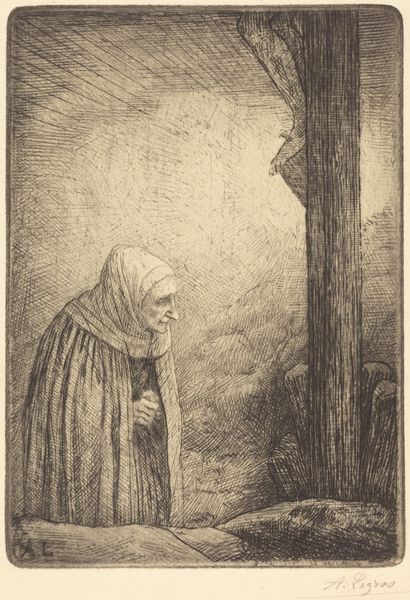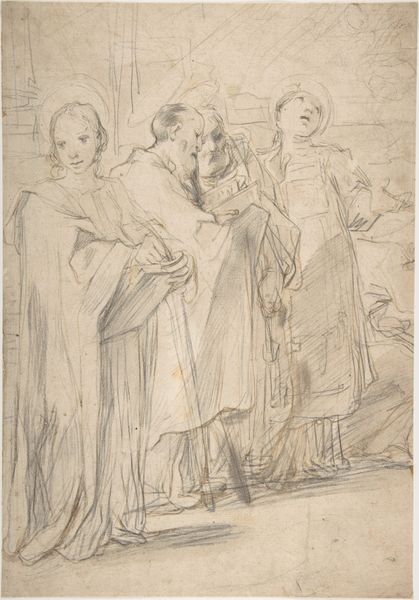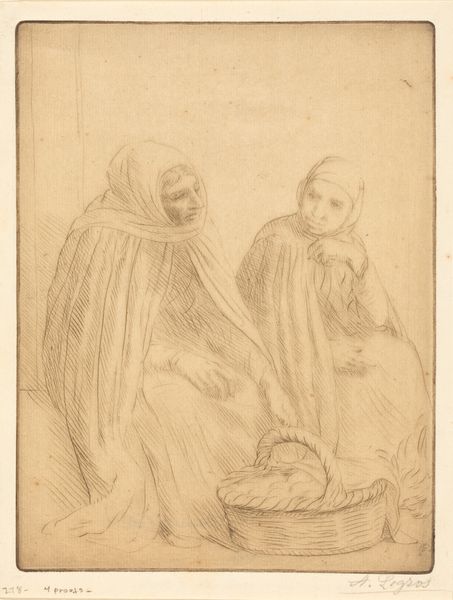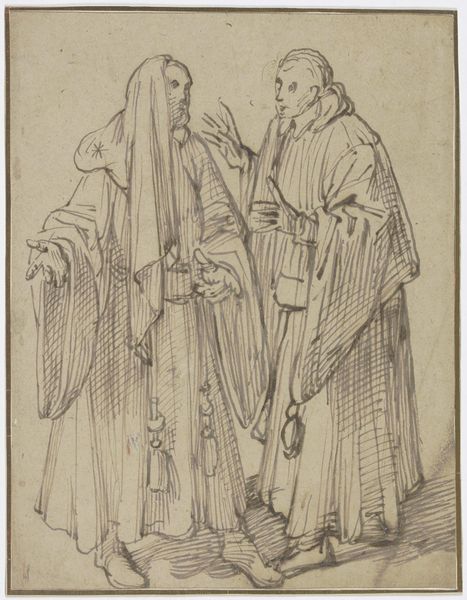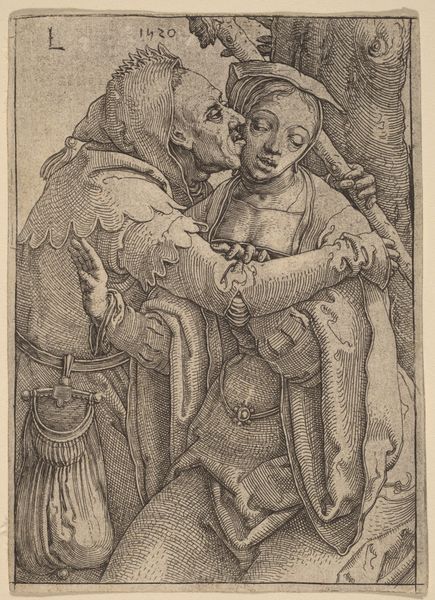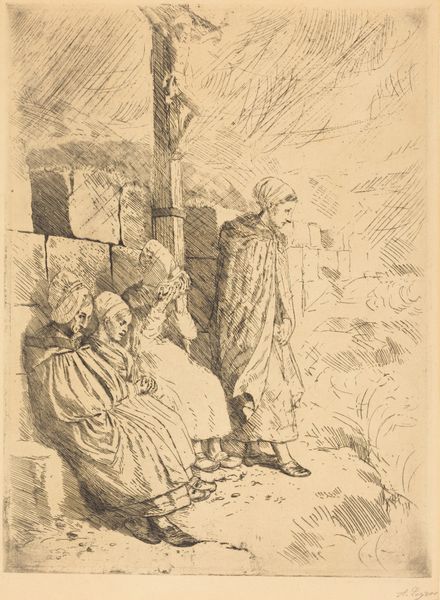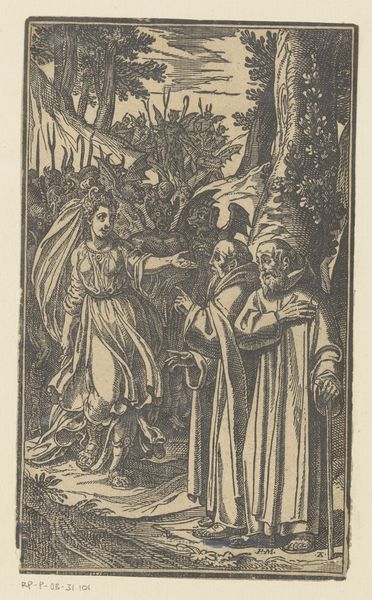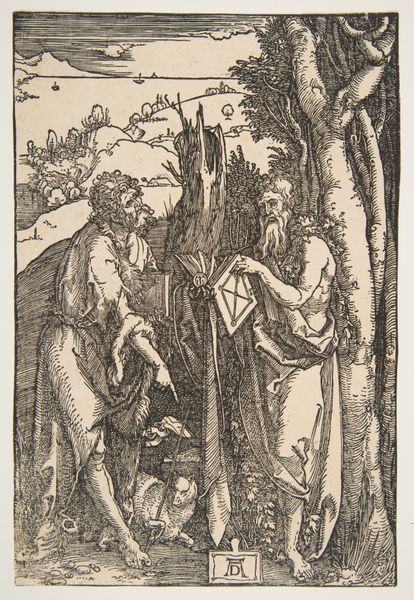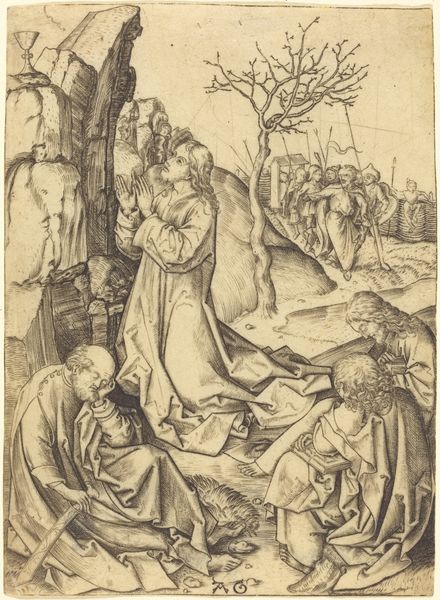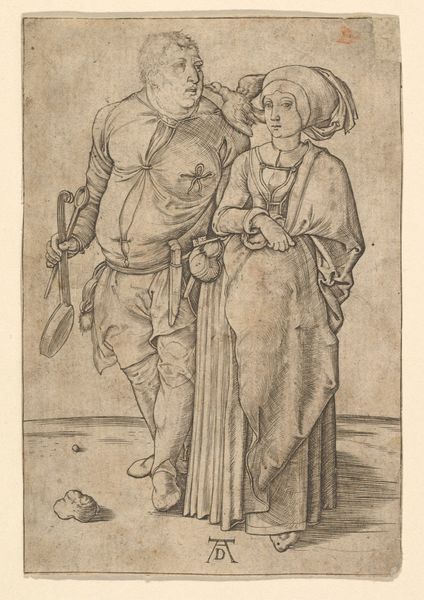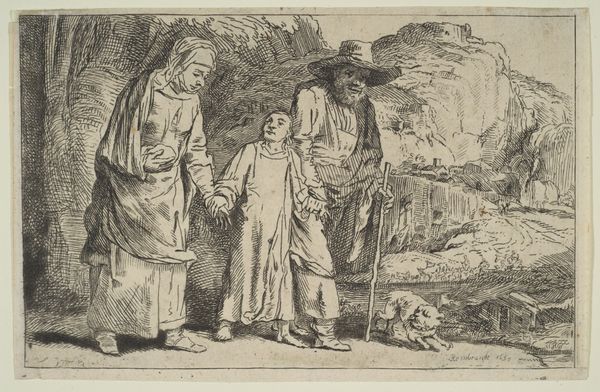
drawing, print, etching
#
portrait
#
drawing
# print
#
etching
#
landscape
#
figuration
#
genre-painting
#
realism
Copyright: National Gallery of Art: CC0 1.0
Editor: Here we have Alphonse Legros’ “Peasants”, an etching print. The image is rendered in incredibly fine lines and delicate shading. There’s a solemn stillness to it. What’s striking is its quiet dignity. As an historian, how do you see this image interacting with its social context? Curator: It's interesting you pick up on that stillness, as this reflects a deliberate artistic choice to portray rural life without idealization. Legros, influenced by Realism, presents these women in a very specific socio-political moment. Consider the industrial revolution. What impact might this etching, focusing on the peasant class, have on an increasingly urbanized art audience? Editor: I suppose it forces them to acknowledge a class they’re perhaps trying to forget, and to view them as individuals, not caricatures. But how does an etching achieve that, specifically? Curator: The medium itself is significant. Etchings, compared to paintings, were more accessible, and circulated widely. The level of detail in this etching allows the viewer to connect with the individual textures and wear of the women's clothing, highlighting their material conditions without romanticism. The lack of sentimental flourishes demands the viewer confront their realities. Do you notice the muted tones and the composition that places them firmly within their working landscape? Editor: Yes, now that you point it out, they appear as inextricably tied to the land. It almost becomes an extension of them. So the etching, its medium, becomes a subtle form of social commentary, avoiding grand pronouncements for intimate observation. Curator: Precisely! By circulating widely, this etching fostered a broader, and potentially more empathetic, public consciousness. This kind of artwork also asks us to consider the evolving role of the artist and art’s accessibility in social change. Editor: This has made me think differently about the quiet power of printmaking. I had assumed it was secondary to painting. Thank you. Curator: My pleasure. It shows how studying art history can teach us a great deal about how art shaped public perceptions.
Comments
No comments
Be the first to comment and join the conversation on the ultimate creative platform.


